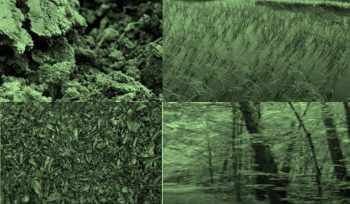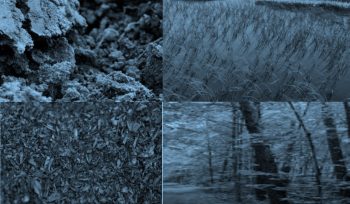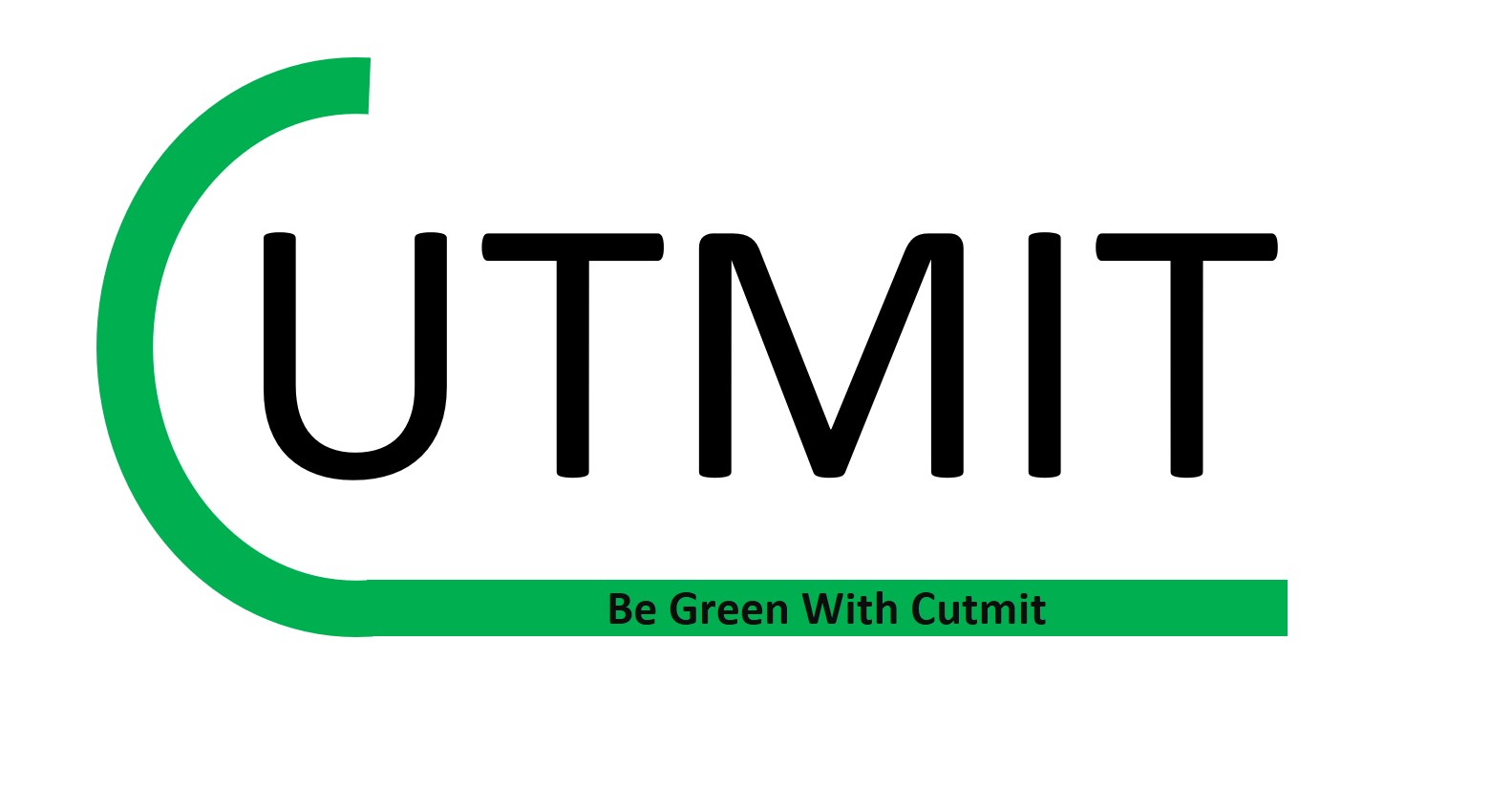
Carbon Removal
What is carbon removal?
This is the process of removing carbon dioxide from the atmosphere either by natural or technological means, the carbon is locked away for decades or millennia. Carbon dioxide removal is referred to as CDR and it has the potential to reveres climate change.
What are the methods for carbon removal?
- Planting trees – planting massive new forest.
- Soil carbon sequestration – using no-till agriculture.
- Biochar – creating charcoal and ploughing it into the soil or mixing with concrete.
- Biomass – filling a pit with biomass to lock the release of carbon dioxide into the atmosphere
- Enhanced mineralisation – spreading baltic rocks over land to absorb carbon dioxide
- Direck Air capture – building machines to suck carbon dioxide from the atmosphere
- Ocean based methods – such as artificial downwelling by pumping carbon to the ocean depth.
- Ocean alkalinisation such as spreading alkaline over the ocean
Why is it important to remove the carbon dioxide?
Climate Change
It is critical to address climate change by removing carbon dioxide from the atmosphere because even if we stop generating carbon dioxide today, the previously emitted carbon dioxide will remain in the atmosphere and ocean.
Avoid Disasters
By delaying or even stopping climate change, removing, and sequestering that carbon dioxide might permanently lower the danger of climatic disasters. Without extensive carbon removal, it will be extremely impossible to reach ambitious targets for mitigating climate change.
Follow the Science
The IPCC estimates that about 580 gigatonnes of carbon dioxide that are now included in the global carbon budget need to be removed to have a 50% likelihood of lowering global warming to 1.5°C.
Limited Time
It is projected that by 2023, CDR will have removed around 2 gigatons of CO2 annually, or 4% of the greenhouse gases that humans are responsible for emitting into the atmosphere.
This is less than what is necessary, thus we must measure and reduce a billion carbon emissions as soon as possible.
Our approach to carbon removal

Natural and manmade solutions
Natural and manmade solutions exist to collect and store carbon dioxide from the atmosphere in a variety of ways, including trees and plants, soils, underground reservoirs, rocks, and the ocean.
Read More
Risk management
By combining an array of carbon removal methods, Cutmit can help its customers reduce the risk associated with permanence there by creating a unique opportunity to reach net zero by 2050.
Read More
Carbon removal suite
Cutmit offers a carbon removal suite such as woodland, peatland, biochar, enhanced weathering e.t.c, and our expert guides our customers through various options with information on the pros and cons.
Read MoreCarbon Permanence
Cutmit Verification Framework
Clear ESG benefit
The project must provide clear environmental, social, and economic benefits
Permanence and additionality
Clear permeance, durability of the project and evidence that the carbon removal cannot occur without the carbon credit
Public MRV
The MRV of the project must be publicly available from a credible registry
Methodology
The project carbon removal must be from the net lifecycle emissions and the methodology used in the calculation must be the latest scientific techniques



